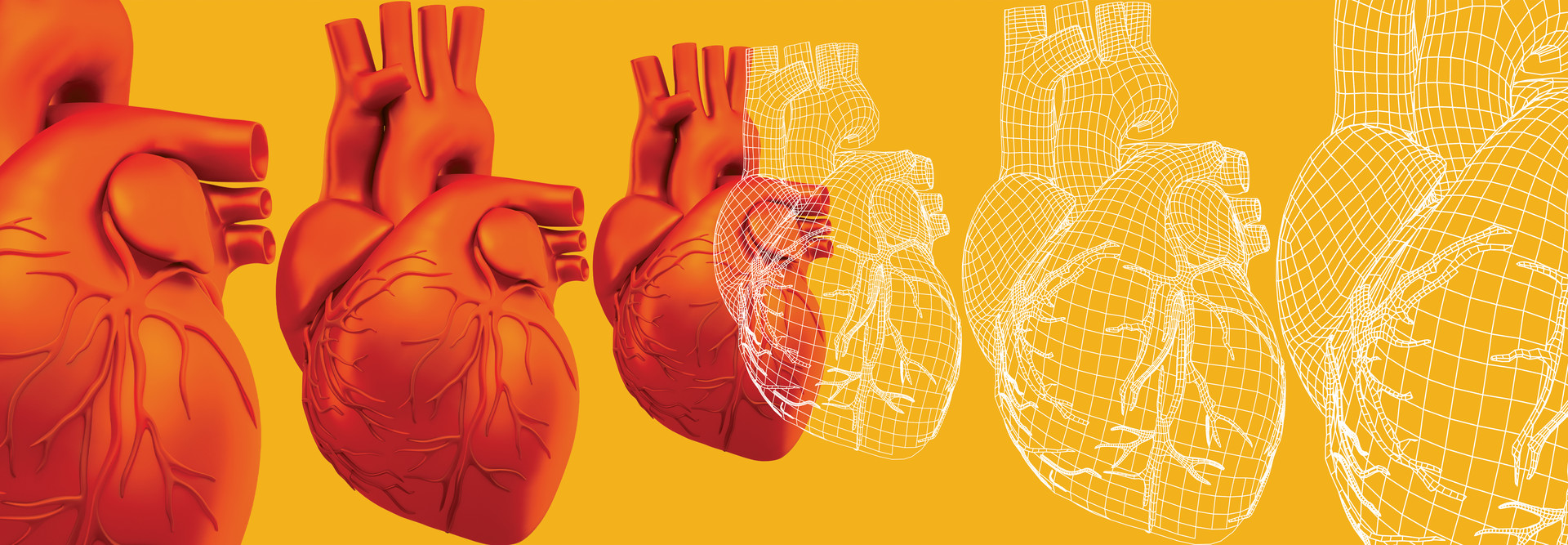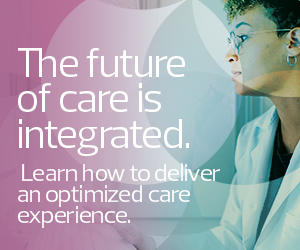The next step is to treat it. A common way of treating this disease is through catheter ablation, which uses radio-frequency energy to destroy irregular heart tissue that can cause arrhythmias. However, this approach has a low success rate with patients experiencing arrhythmias in the upper chambers, especially those who have had arrhythmias for many years, due to tissue damage and scarring. Determining how best to treat their disease requires a personalized, predictive approach, which is where digital twins come in. The digital twin helps physicians determine where tissue needs to be destroyed.
This work was the first digital twin in cardiology to be approved by the Food and Drug Administration and was the first digital twin approach to be used in a randomized clinical trial, according to Trayanova.
John Hopkins uses a high-performance computing system to run the digital twin simulations and neural networks to segment the heart. Trayanova’s team has applied artificial intelligence and machine learning approaches to the digital twin construction and even the decision-making process. Her team uses AI to examine scans and predict which patients would be good candidates for a digital twin approach.
The digital twin allows the team to target specific areas to prevent recurrence. Physicians can examine the twin’s behavior to determine where to place the catheter for optimal treatment. This provides a major advantage over other mapping technology, despite recent improvements in that space.
READ MORE: Artificial intelligence powers collaboration and efficiency for healthcare.
Cleveland Clinic Aims to Improve Health Equity Using Digital Twins
Cleveland Clinic is planning to use digital twins in an entirely different way. The organization is creating digital twins to better understand how patients’ neighborhoods influence their health.
This insight will help Cleveland Clinic determine what health interventions to implement to improve health equity.
The research team is led by Jarrod Dalton, director of the Center for Populations Health Research at Cleveland Clinic and associate professor of medicine in the Cleveland Clinic Lerner College of Medicine at Case Western Reserve University, and Adam Perzynski, professor of medicine and social within the MetroHealth System.
“Within the context of population and community health, we wish to understand which interventions health systems might consider and how stakeholders across sectors could address one of the most significant public health problems of our time, which is that we have such severe disparities in life expectancy depending on where somebody lives,” Dalton says. “Our hope is to better inform population health planning initiatives in advance.”
According to Dalton, life expectancy can vary by 25 years depending on where a patient lives. This digital twin project could be a step toward decreasing location-based health disparities.
RELATED: Understand why collecting and analyzing SDOH data can improve maternal health.
Cleveland Clinic constructed its digital twin using data from electronic health records as well as data on environmental characteristics, socioeconomic factors and other publicly available information to create a holistic model of the neighborhood environments and the experiences of residents, Dalton says.
While medical records provide some insight into population health, many communities have a low rate of accessing healthcare, meaning that Cleveland Clinic needed to find other ways to fill that data gap. Dalton says that the team used a series of mathematical simulation models, as well as models of overall access and utilization among residents created using public data on insurance coverage and other factors. The digital twin project is first modeling neighborhoods near its campuses in Florida and northeastern Ohio. However, the infrastructure and approach it is creating will be scalable and applicable to any community.
“It might be that a health system is considering site locations for primary care practices or emergency departments, or it might be that specific practices are interested in adapting their approaches to disease surveillance based on real-time population health information,” Dalton says. “What we’re trying to do is provide the community context in their decision-making.”
The Future of Digital Twin Technology in Healthcare
At Johns Hopkins, it takes three to four days for Trayanova’s team to create a digital twin of a patient’s heart. She is hoping to speed that process and make it more portable and scalable, which will require innovative engineering. The team is also in the process of improving the program’s visualization capabilities.
She anticipates further applications of AI for digital twin technology that are more integrated.
Dalton says that Cleveland Clinic’s digital twin neighborhood project could eventually be integrated with digital twin cities, such as the one created to represent Singapore.
Amazon Web Services offers AWS IoT TwinMaker to help developers create digital twins, from digital twins of complex machines to population models that can simulate the effectiveness of crowd control strategies. MacKenzie believes that digital twins could help better understand the spread of diseases such as COVID-19.
DISCOVER: Accelerate strategies around Internet of Medical Things devices.
“We also see unique applications, such as having a digital twin of an embedded or wearable medical device, such as an insulin pump or pacemaker,” he says. A digital twin could help to understand the device’s current state for better monitoring and management.
Digital twins could also be used to model the home environments of older adults to learn how to keep them in their homes longer.
“The more we push the boundaries and have truly operational twins overlaid on the design twin that we can run simulations on, I think we will be able to engineer a full test in a completely virtual environment before we ever test in a physical environment,” MacKenzie says. “They’re changing the way we think about how to design and test products.”
Over time, he says, digital twins can help the healthcare industry engineer better products more quickly and with more efficient stress testing.
“It will be really interesting to see where the technology goes,” he says.












